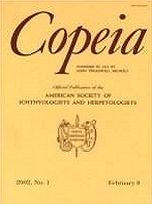Article (19)
Comments (2)
Obituaries (1)
Book Reviews (2)

No abstract available
No abstract available
No abstract available
No abstract available
No abstract available
No abstract available
No abstract available
